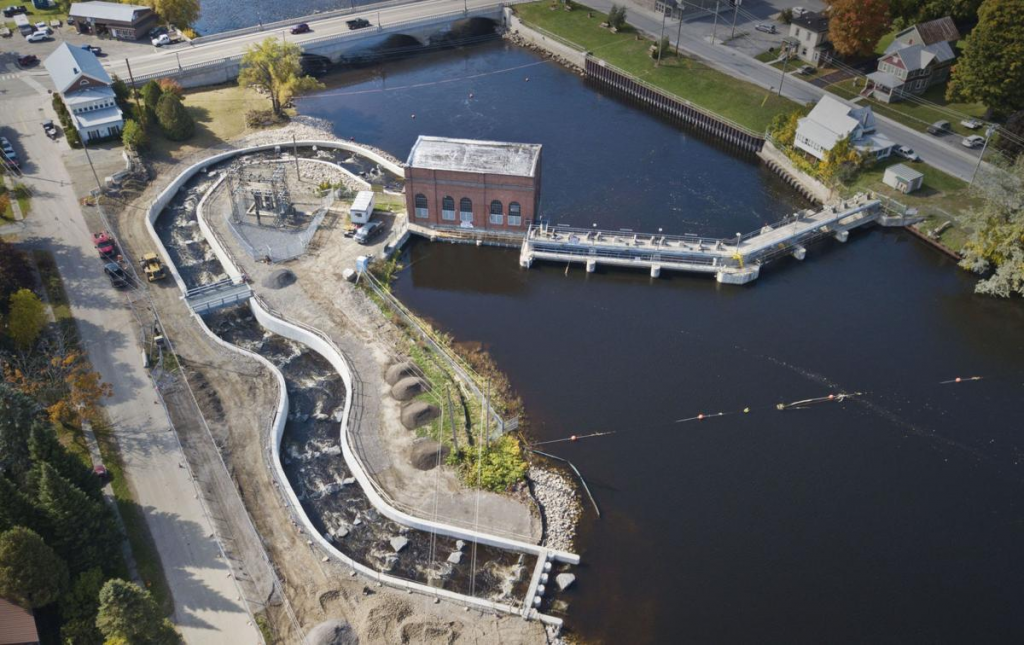
The Fall 2021 Integrated Research Project students will look into aquatic connectivity and restoration in the Adirondack Park. Dams, culverts, road crossings, train corridors, and other human developments alter the hydrologic cycle by fragmenting ecosystems and disrupting the economic and ecological services they provide. Eels, landlocked salmon, trout, sturgeon, and many other native species have been genetically separated from their larger populations by human infrastructure or simply cut off from historical spawning grounds or food sources. Altered wetland hydrology changes carbon sequestration rates, habitat structure and biodiversity. Balancing economic and ecological needs will require complex and imaginative solutions and many questions on restoring connectivity from dam removal to dam creation the ADKs remain unanswered.
What can be done to restore aquatic connectivity of the Adirondacks within the limiting confines of regulatory agencies? What should be done about the many old and failing dams/culverts throughout the park? What are the ecological-based engineering techniques that can be applied to restore connectivity? The project will be co-led by Professors Abul Basar Baki and Stephen Langdon.
Professor Baki is a civil and environmental engineer with relevant research interests / expertise on ecohydraulics for healthy water solution focusing on fish passage designs, turbulence effects on ecological communities, retrofitting barriers (dams/culverts) for aquatic connectivity, sustainable hydropower development, and much more. Professor Langdon is the director of the Shingle Shanty Preserve and Research Station in the Adirondacks. He has 30 years of experience working on conservation projects and ecological research in the Adirondack Park.
The Ausable River Association has been partnering with the Nature Conservancy, the Adirondack Park Agency (APA), the DEC, and the Essex County Department of Public Works to carry out aquatic connectivity projects, such as dam removals and fish passageways, on the Ausable River. The Fall 2021 project will look at their work and others’ as a case studies and explore further strategies for aquatic connectivity and habitat restoration in the park. This work will increase the resilience of our native ADK species to climate change by extending their habitat range up and down a watershed and by genetically connecting populations that are currently cut off from each.
There are policy challenges with aquatic connectivity projects. The Adirondacks currently have some of the strongest protections of any land on the planet. Doing work in the Adirondacks, such as constructing a fish passageway or correcting a culvert, can be politically and technically challenging. The projects have to carefully maneuver through the APA and the DEC. There are also economic challenges with this work. It is not cheap to build fish ladders, to remove dams, or to install habitat friendly culverts. We all know that there is great value in salmon returning to a spawning ground that they haven’t been to in decades. However it’s difficult to quantify in dollars what that value to us is.
This Adirondack Semester project will be a perfect example of our slogan, “where nature, people, and policy meet.” We will bring students from all majors together to understand this important restoration work. Students will examine engineering designs, map out points of habitat fragmentation along watersheds, analyze policy barriers, and explore the cultural significance of restoring the waterways of the Adirondacks. If you have any questions about the program or would like to apply please contact the Institute for a Sustainable Environment or reach out directly to Alex French.
